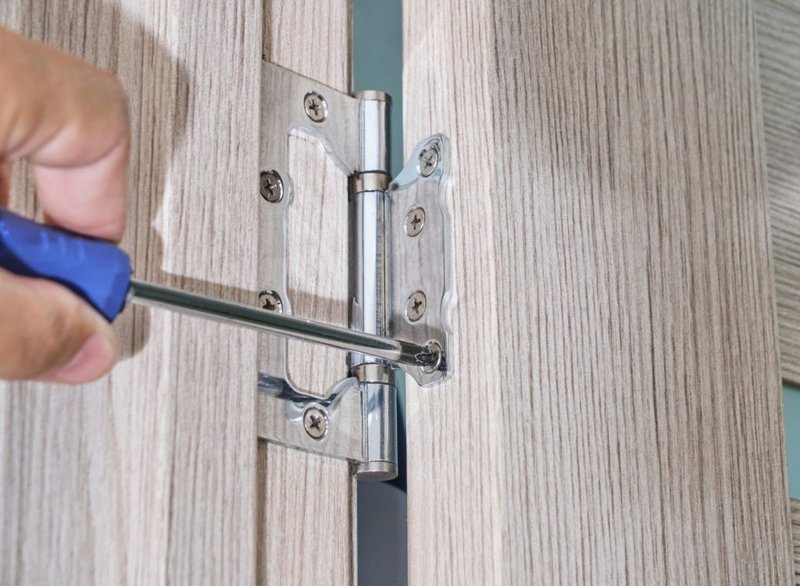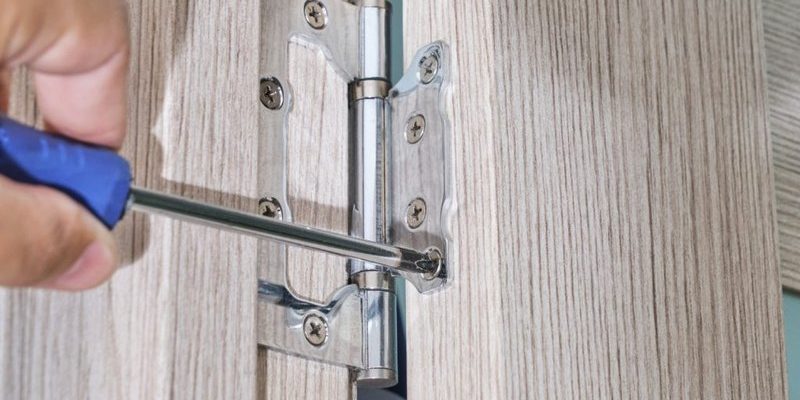
Let’s break down what causes this pesky problem and how to fix it. Whether you have a fancy modern pivot door or a more traditional style, the principles are pretty much the same. So, grab a cup of coffee, and let’s dive into the world of doors.
Why Do Pivot Doors Sag or Drag?
You might be wondering, “What’s the deal with my door?” Well, pivot doors are unique in how they’re hung, with hinges at the top and bottom instead of the side. This design can create a lot of tension, and over time, it may lead to sagging or dragging. Here are a few common culprits:
- Improper Installation: If your door wasn’t installed correctly, it could be misaligned from the get-go.
- Wear and Tear: Just like any other part of your home, doors can wear out. The pivot mechanism might get loose over time.
- Humidity and Temperature Changes: Wood doors, in particular, can expand or contract based on the weather, leading to misalignment.
Understanding these factors can help you get to the root of the problem. It’s always frustrating when something you love about your home becomes a hassle, but exploring the “why” behind it can make the solution easier to find.
How to Identify a Sagging or Dragging Door
Before jumping straight to solutions, let’s pinpoint whether your door is actually sagging or dragging. You’ll want to look for a few specific signs.
First, observe how the door closes. Does it hang unevenly, or does it scrape against the floor or frame? You can also try using a level to check if the top and bottom of the door are aligned correctly. If you notice more than a slight tilt or gap, it’s a clear sign that your door is sagging.
Also, look along the edges of the door. If you see wear marks or scratches on the floor where it drags, that’s another indicator. Identifying these signs early can save you further headaches down the line.
Tools You’ll Need for Troubleshooting
You don’t need a toolbox overflowing with fancy gadgets to fix a sagging or dragging pivot door. Here’s a simple list of tools you may need:
- Screwdriver: A basic screwdriver will help you tighten any loose screws.
- Level: To check your door’s alignment accurately.
- Allen Wrench: Some pivot doors use hex screws that require this tool for adjustments.
- Shims: These can help adjust the height if your door is off.
Having these tools on hand can make the process much smoother. Honestly, feeling prepared can take much of the stress out of the situation.
Adjusting the Pivot Points
One of the first steps in fixing a sagging or dragging pivot door is to adjust the pivot points. This may sound technical, but it’s really quite simple. You’ll want to follow these steps:
1. Locate the Pivot Points: These are usually at the top and bottom of the door. They might be concealed under caps or covers, so make sure to check.
2. Loosen the Screws: Using your screwdriver, gently loosen the screws around the pivot points. This will allow for adjustments.
3. Lift or Lower the Door: Adjust the door to the desired height. You might need an extra hand here to help you hold it in position.
4. Tighten the Screws: Once everything looks good, tighten the screws back up to secure it in place.
Make sure to check the alignment with a level after each adjustment. If it feels right but still isn’t working perfectly, you might need to try a different angle.
Using Shims for Height Adjustment
If adjusting the pivot points doesn’t fully solve your problem, or if your door is dragging because it’s too low, shimming it might be the way to go. Here’s how to do it:
1. Identify Low Spots: Check where the door is dragging. Usually, this will be along the bottom edge or at the hinges.
2. Insert Shims: Carefully slide shims under the pivot points. You want to place them evenly to lift the door without causing more issues.
3. Recheck Alignment: After inserting the shims, use your level again. Adjust as necessary until everything looks straight and even.
Shimming can feel a bit like a balancing act, so take your time. The goal is to have the door sit snugly in the frame without scraping or dragging.
Preventing Future Issues
Now that you’ve conquered the sagging and dragging, let’s talk about keeping it that way. Here are some tips to prevent future issues with your pivot door:
- Regular Maintenance: Check the hinges and pivot points periodically to make sure everything’s tight. A quick once-over can save headaches later.
- Control Humidity: If you live in a humid area, consider using a dehumidifier to keep the wood from swelling.
- Use Quality Materials: If you ever need to replace the door or parts, invest in high-quality materials that can withstand wear and tear better.
Keeping up with these simple tasks can go a long way in ensuring your pivot door remains as beautiful and functional as the day you installed it.
When to Call a Professional
Sometimes, despite your best efforts, the problem might be beyond a quick fix. If you find your door still drags, or if it feels like something more serious is going on—like structural issues—it might be time to call in a professional.
A door specialist can help you diagnose issues that could be related to the door frame or foundation of your home. It’s better to be safe than sorry, especially when your door is involved. And, honestly, knowing when to ask for help is just as important as solving problems on your own.
Lastly, remember that a well-functioning pivot door not only enhances your home’s aesthetic but also improves functionality. So take the time to troubleshoot, and soon you’ll be enjoying that smooth, elegant swing once again.
In conclusion, fixing a sagging or dragging pivot door may take some effort, but with the right tools and steps, it can be a manageable task. Don’t get discouraged if it takes a little trial and error—each adjustment brings you closer to a perfect solution. Happy fixing!
